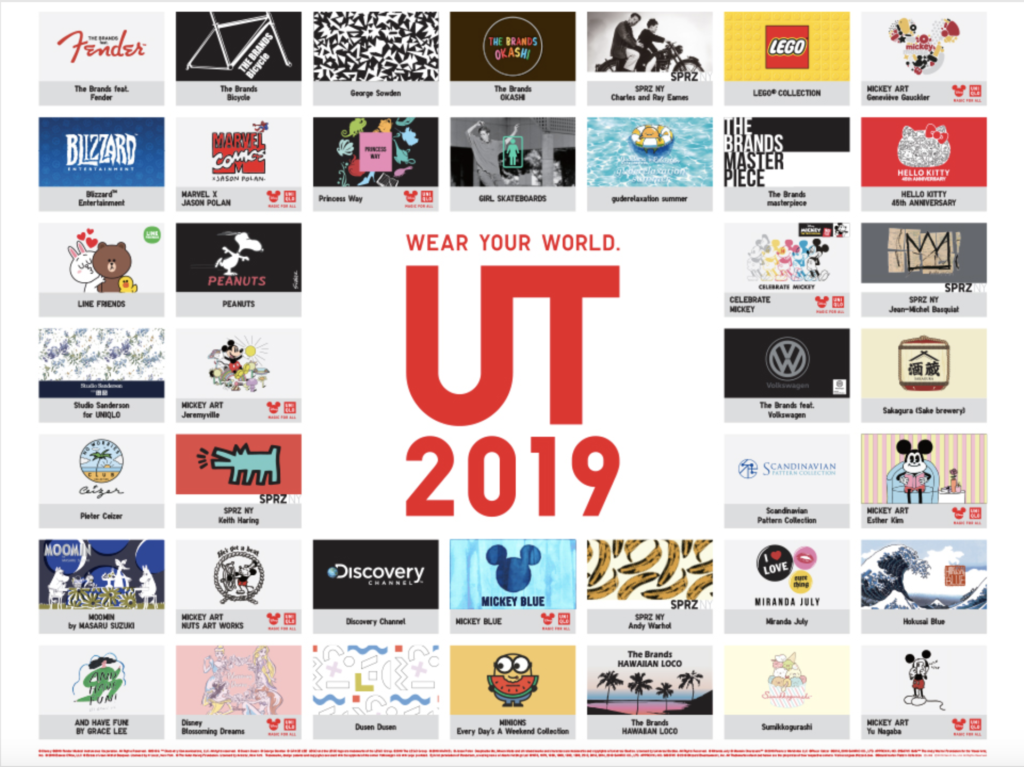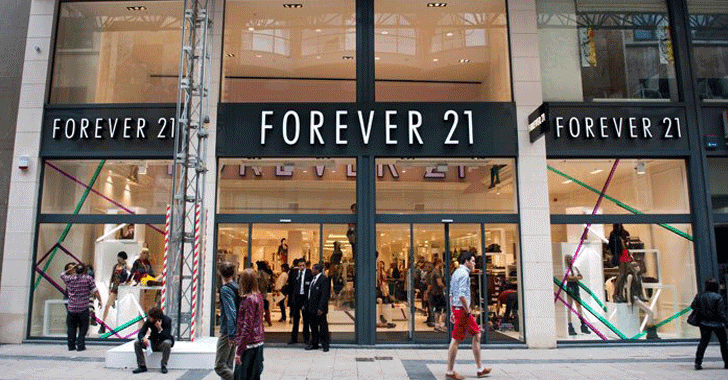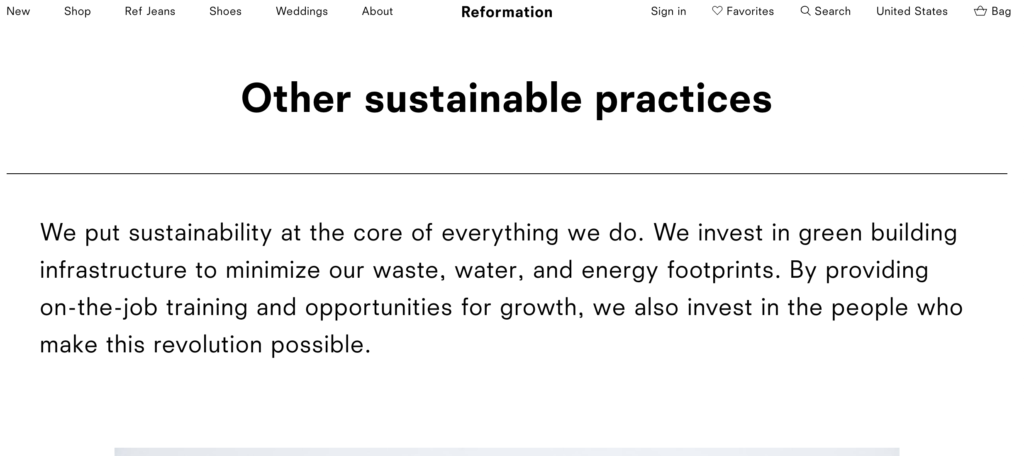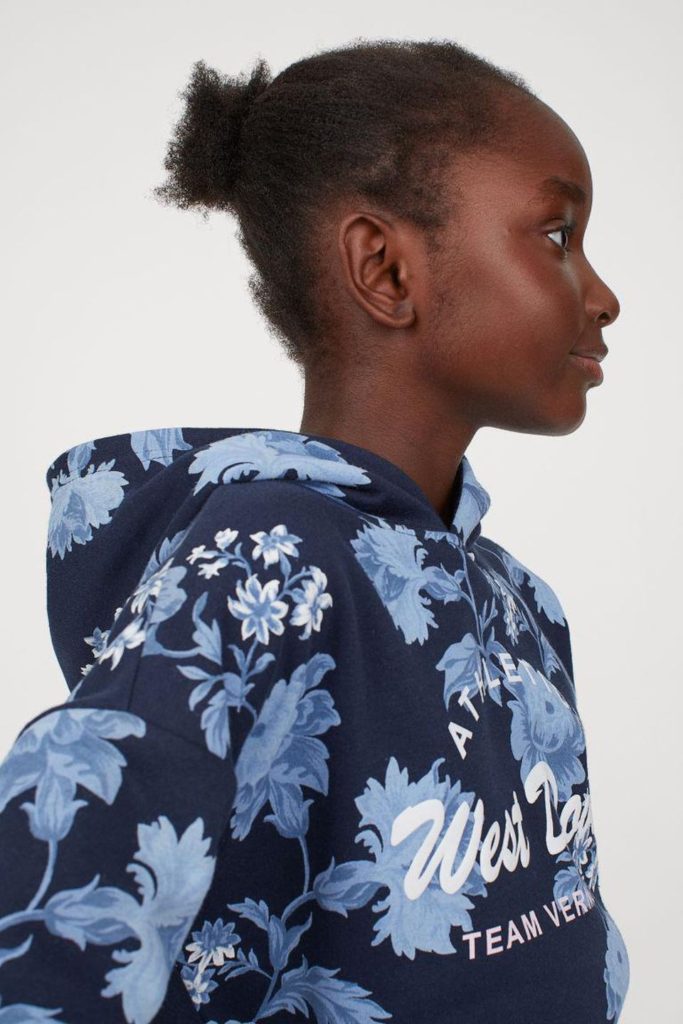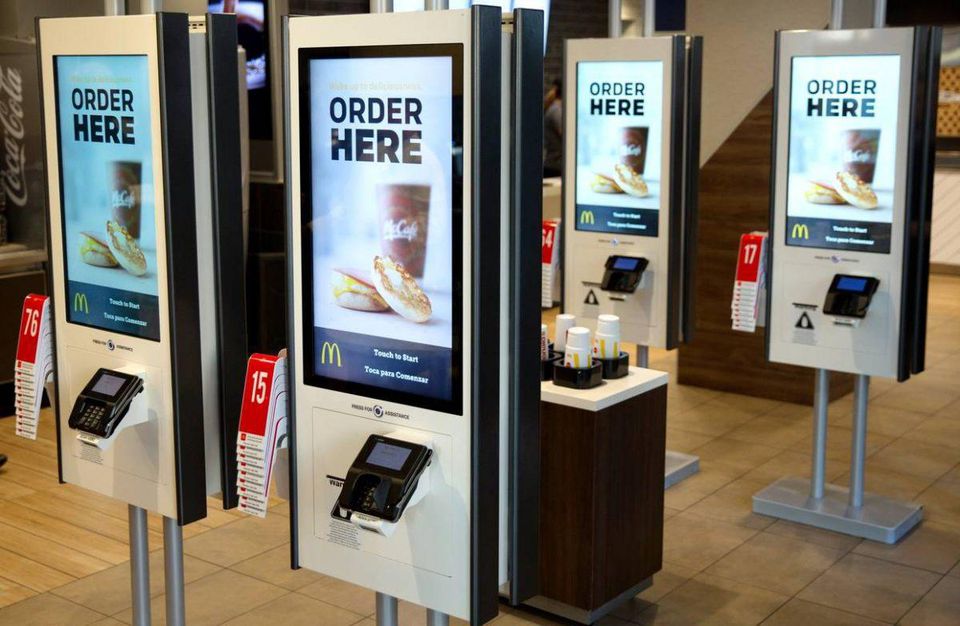Climate change has always been one of those words that we have often seen or heard of, a part of the general severe global issues that humans are supposed to care about. However, people usually pay little attention to it. However, it has all changed with the Millennials.

An article from New York Magazine introduced the imminent “uninhabitable earth” crisis; students all over the world are out on a strike protesting against carbon emissions and chemical waste; teenagers hate huge conglomerates driven by pure material lust. This generation actually pays attention to environment protection.
And this is where Reformation has found its niche. With fast-fashion brands such as Forever 21 and H&M continue to manufacture clothes disregarding the waste they can possibly create, the Los Angeles based brand has managed to reinvent the definition of sustainable fashion. The company’s estimated revenue in 2017 was more than %100 million, attracting huge celebrities and hot influencers to become loyal followers including Rihanna, Taylor Swift and Karlie Kloss.


Reformation is a fast-fashion brand first established in 2009 by Yael Aflalo. The company’s branding statement is to “bring sustainable fashion to everyone”. With killer slogans such as “Lower your neckline, not your standards,” “We make killer clothes that don’t kill the environment”, “Being naked is the #1 most sustainable option – we’re #2.”Reformation has shown its effort to combine edgy, sexy femininity together with sustainability. As can be imagined, their target audience of the company are young contemporary females between the age of 27 and 32, looking for chic, sexy outfits that are environmentally ethical—something hardly found in the retail industry.

The company’s success is resulted from several strategic marketing and e-commerce efforts besides the viral and catchy slogans:
- Much effort into making clothing lines eco-friendly, such as “Low Carb Collection” and an eco-friendly denim-jean line called #refjeans. All clothing pieces have their own RefScale on the description page, clearly stating the chemical emissions of each piece. It also started a project called thredUP, in which consumers can earn credit by sending them old, used garments to be recycled.

- The company knows how to empathize with eco-conscious consumers, and are willing to share their progress in environmental effort. will publish its quarterly environmental progress reviews on the homepage, as well as their sustainability report, their factories and photos of worker representatives, their recycling process and instructions on how customers can prolong the life span of clothes. These messages are also communicated throughout their social media and physical stores as well. This is a clear statement toward consumers about their social responsibility awareness, and a smart way of trust building.
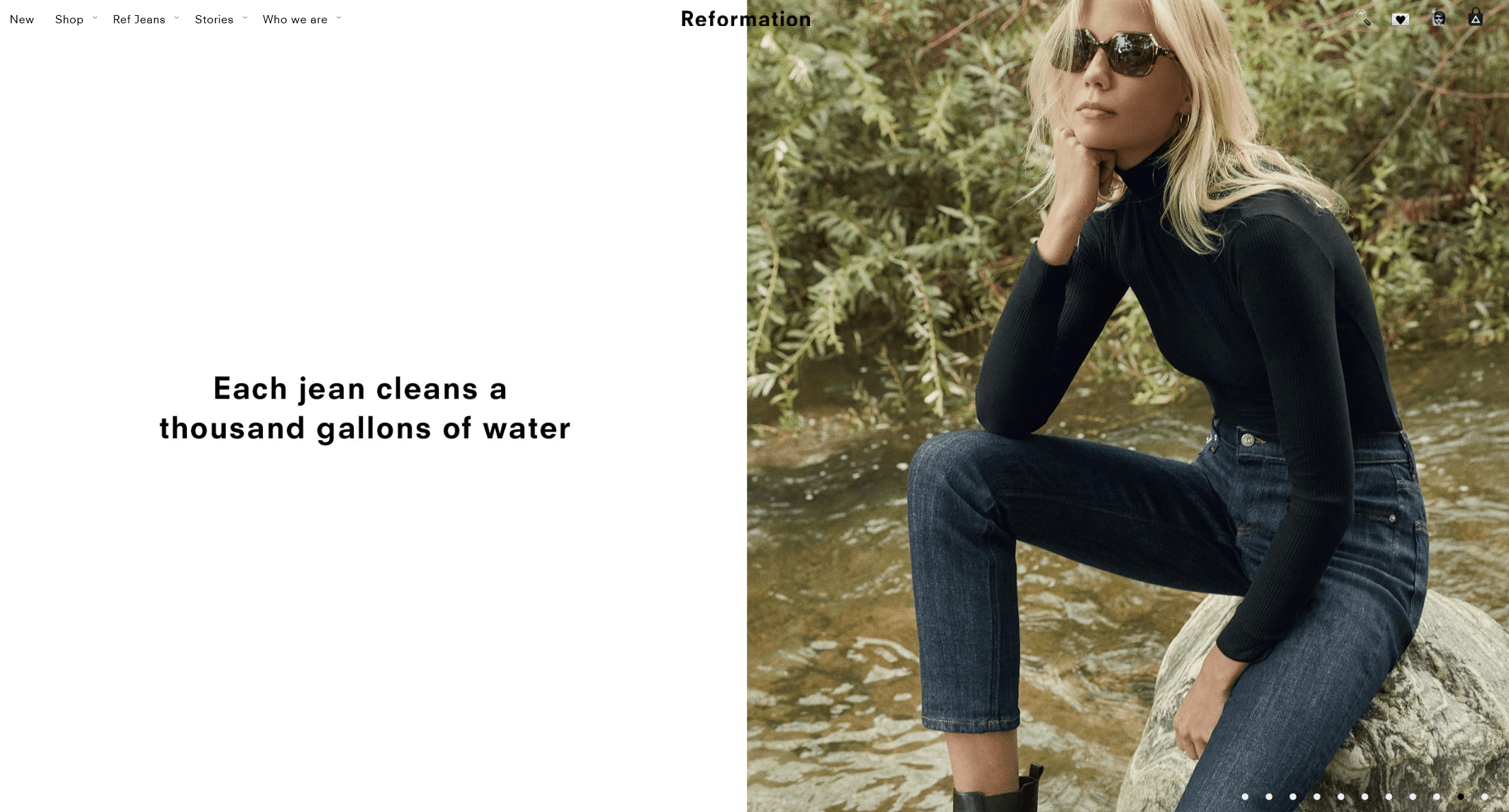
- Killer campaigns to raise eco-consciousness. In February 2019, Reformation launched its “Carbon Is Canceled” campaign which use gift cards and discounts to encourage customers to show how they reduced their carbon footprints. The company is also promoting industrywide sustainability by collaborating with Rent the Runway, Patagonia and more.

However, such effort to brand themselves as the fashion brand that really cares about the environment is increasingly in danger of “greenwashing”, which means to “describe companies which grossly overstate the environmental or ethical benefits of their products and services.” There are usually two ways to show brand’s effort in sustainability. First is to reduce emission during fabrication, and the second is to reward customers with credits to encourage their eco-friendly practices. The first way can work, if no cheating is involved; however, according to Dr. Amy Moas, a senior forest campaigner at Greenpeace, the second is a way to “offset a company’s guilt, as opposed to its true environmental footprint”. People can easily fake their way into getting the credit; it is merely a trade-off—once the credit system is stopped, a lot people’s sustainability practices will naturally stop. As Aldyen Donnelly, a former consultant who’s been involved in carbon trading since the early ’90s has said, an inconsistency in carbon offset bookkeeping is full of pitfalls.

In addition, there are concerns about whether such claims are just PR Strategies and marketing gimmicks, urging the transparency of the fashion industry to disclose their policies, practices and impact. Moreover, companies are likely to only show off good practices or fabricate data to exaggerate their effort—you can’t really call that “cheating”, but it is, in some way, jeopardizing the industry’s integrity.

Reformation is probably doing well in general, especially in comparison with other fast-fashion brands that are on the brink of bankruptcy. This is probably a result of their long-term effort to show their transparency and build trust with their customers, precious insights into target consumer needs and the successful usage of ecommerce. Yet the concern of greenwashing will continue to exist; brands need to pay extra attention to show their sincerity.
Sources:
https://fashionista.com/2019/09/carbon-neutral-fashion-brands-greenwashing


